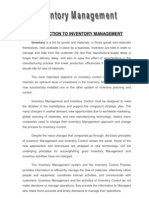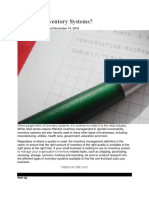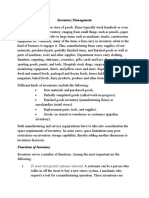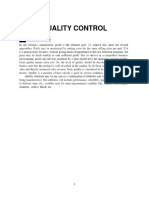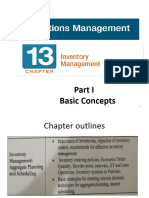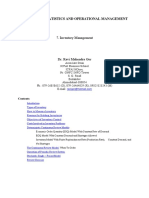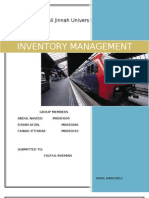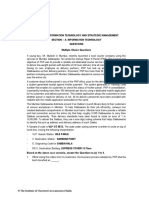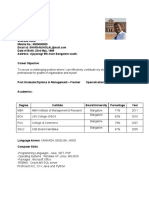0% found this document useful (0 votes)
29 views9 pagesChapter 7 Inventory Control Systems-2
Uploaded by
perezjoyceann91Copyright
© © All Rights Reserved
We take content rights seriously. If you suspect this is your content, claim it here.
Available Formats
Download as DOCX, PDF, TXT or read online on Scribd
0% found this document useful (0 votes)
29 views9 pagesChapter 7 Inventory Control Systems-2
Uploaded by
perezjoyceann91Copyright
© © All Rights Reserved
We take content rights seriously. If you suspect this is your content, claim it here.
Available Formats
Download as DOCX, PDF, TXT or read online on Scribd
/ 9














